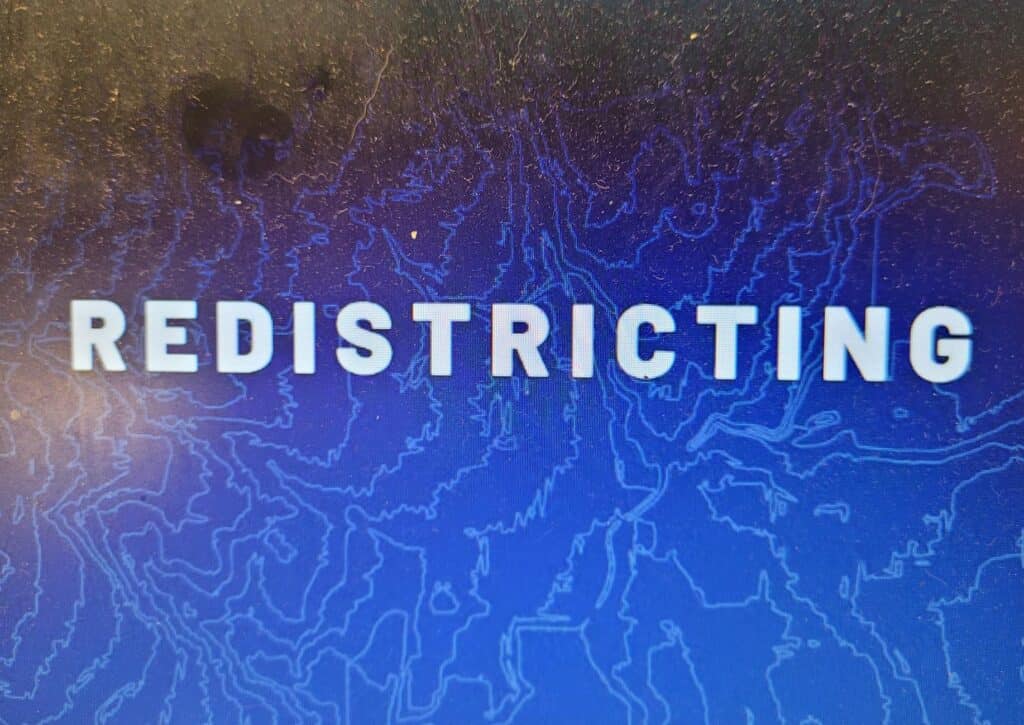
By Ron Matten
On Tuesday December 20th the Yonkers City Council held a special meeting for the purpose of selecting a redistricting consultant. Earlier this year, Yonkers hired Joshua Simons and the Benjamin Center for Public Initiatives at SUNY New Paltz. It was announced at this meeting that Mr. Simons is no longer available. The meeting was to present two consultants to the councilmembers, but one consultant was also no longer available. The remaining consultant still interested in performing this required work was Dr. Andrew Beveridge (pronounced like the drink).
Dr. Beveridge, a former Yonkers resident is a renowned sociologist and no stranger to redistricting. He was the consultant hired by Yonkers in the redistricting of 2002 and has been a paid expert witness in legal challenges. Prior to retiring, Dr. Beveridge was the chair of the Department of Sociology at Queens College, CUNY and a former faculty member at Columbia University. He holds a PhD. from Yale and is a published researcher. His recent area of expertise is in minority migration. Dr. Beveridge’s works and accomplishments are quite extensive and could fill a book.
Why is Yonkers Redistricting? Every ten years after the census data is published, states, counties, and local municipalities are required to look at their districts and ensure that they are equally distributed for population. Yonkers must involve itself in two sets of redistricting: wards and council districts. The ward system is a holdover from the era of strong council and week mayor. It is no longer used for government representation, but still a mainstay within the Yonkers political party system.
Yonkers has 12 Wards each comprise of 20 or so election districts. It is a requirement of the charter that Yonkers engage in ward reapportionment every 10 years. This process has been going on for about eight months and is a waste of time, money, and energy. Most will not be impacted if their ward changes, Ward leaders and district leaders are not even required to live within the districts they serve. The real work is in redistricting the council.
Yonkers has six council districts that should have about 35,000 residents in each. The district populations can vary by plus or minus 2.5 percent. If the variance is any greater, the maps will be invalidated. The council districts are apportioned by residents, not registered voters. The districts must also be compact and contiguous. Yonkers has had an overall population growth, mostly within the first district.
Another requirement in New York State is that redistricting not dilute minority representation. By virtue of its ethnic makeup, Yonkers should have one African American district and two Latino(x) districts. The ethnicity does not refer to the representing councilmember, but to the majority racial character of the district.
Council members will work with each other in presenting their proposals to Dr. Beveridge. He will need to ensure that their proposals meet all federal and state criteria. This includes the recently passed, John R. Lewis Voting Rights Act of New York. Of course, each member will want to ensure they will remain in a district that gives them the best chance for re-election.
In order to run for office, interested candidates start collecting petition signatures on or around March 1 and those petitions are due on or around April 15. This election cycle will bring challengers to districts, 1, 3, and 5. Therefore, the clock is ticking. These new maps need to be presented at public meetings and receive final approval.
There also may be legal challenges as happened on the state and county levels. Is nine weeks enough time to complete this process?
Ron Matten was the republican candidate for City Council President in 2021.





